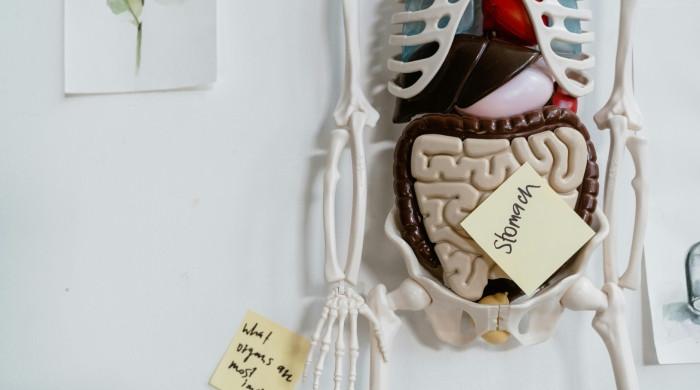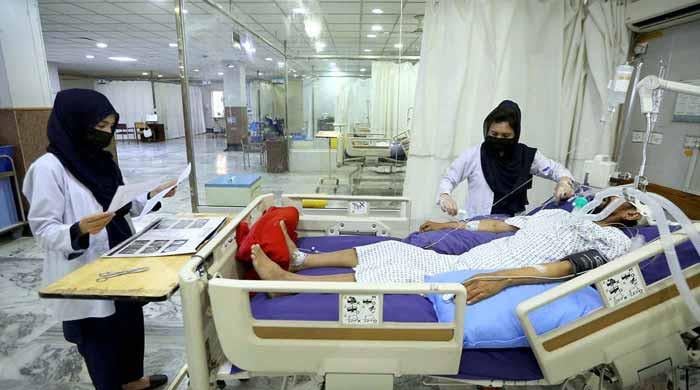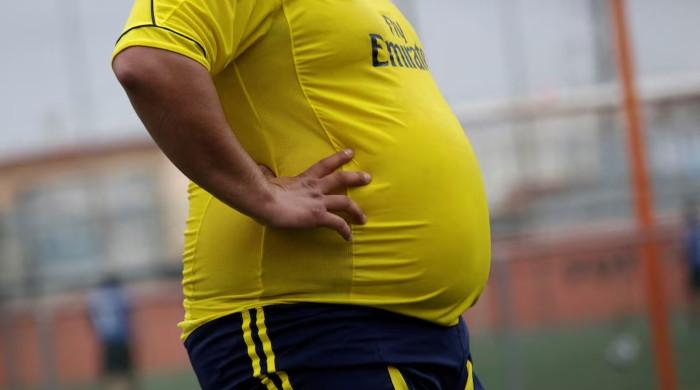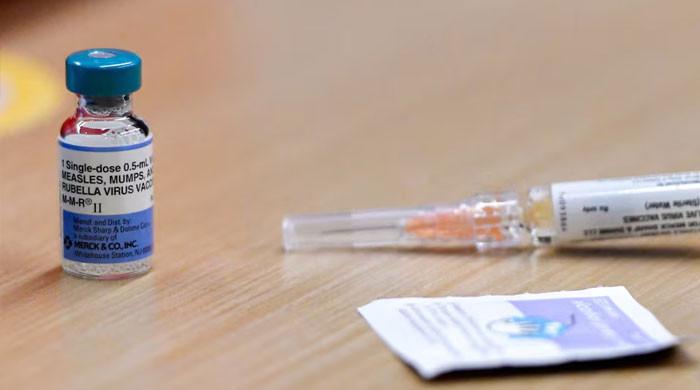SEPA issues guidelines for hospitals on disposal of COVID-19 patients' waste
Tonnes of highly infectious waste is being generated at around 20 public and private hospitals in Karachi
July 02, 2020
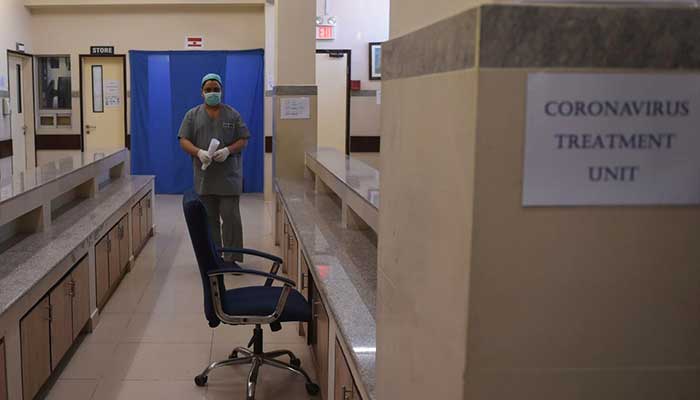
KARACHI: The Sindh Environmental Protection Agency (SEPA) after nearly four months since the first coronavirus case was reported in Karachi has finally issued guidelines for hospitals to handle and dispose waste generated by the patients infected with COVID-19.
Tonnes of highly infectious waste is being generated at around 20 public and private hospitals as well as isolation centres that are currently treating COVID-19 patients in Karachi alone, while there are around 10 labs that are daily receiving thousands of samples of the suspected COVID-19 patients whose waste is being disposed of improperly by these facilities for the last four months, as the majority of these facilities handover their infectious waste to the Karachi Metropolitan Corporation (KMC) for incineration.
“For the last four months, tons of highly infectious waste have been daily disposed of against the national and international laws and practices, but SEPA never bothered to question or examine this process,” said Shabina Faraz, a senior environmental journalist told The News. “Even the Sindh Healthcare Commission also failed to check what is being done with the highly infectious waste daily.”
Several other environmentalists also criticised SEPA for the “cosmetic measures”, saying hundreds of tons of infectious hospital waste were daily being disposed of at garbage dumps in Karachi and other cities of Sindh. They said the organisation’s officials had “other interests instead of performing their duties and safeguarding the environment and public health in the province”.
On the other hand, a SEPA spokesperson said that on the directives from Sindh Law, Environment, Climate Change, and Coastal Development Adviser Barrister Murtuza Wahab, they had issued the guidelines for handling and disposal of the waste generated by hospital facilities dealing with COVID-19 patients. According to the spokesperson, the guidelines shall be enforced throughout Sindh.
According to the guidelines issued under Section 6(1) of the Sindh Environmental Protection Act 2014 (SEPA Act 14), every hospital owner, occupier and the operator shall be responsible for the management of the hospital waste of COVID-19 patients generated by it till its final disposal per the provision of the Sindh Environmental Protection Act 2014 and its subsequent Hospital Waste Management Rules 2014.
“The generator of waste (i.e. hospital/facilities) needs to have administrative rules and engineering controls, environmental hygiene, correct work practices and appropriate use of PPE to prevent infections,” said the newly issued guidelines.
Concerning the waste collection procedure of hospitals treating COVID-19 patients, the guidelines require the procedures of transporting waste from the room (patient's room or facility) where it is generated into the interim storage room and ultimately to the designated waste area. From this designated area of the hospital, the waste will then be treated onsite or prepped for transportation offsite for treatment.
Guidelines also restrict that all waste must be packed in thick plastic bags and tied properly. “Sharp and needles must be in their hard packing to avoid a breach of plastic bags. The tied bag should be kept in another plastic bag.”
Moreover, thick plastic bags must be kept in hard closed containers. “The plastic bags inside must not be visible from outside. The weight of one container shall not exceed 10 kgs. The container shall be labelled as COVID-19 waste. A record shall be maintained for all number of bags and containers filled with waste for transportation. The inner and outer surface of containers/bins/trolleys used for COVID-19 waste storage should be disinfected with 1% sodium hypochlorite solution at least three times in a day. Treatment methods may also include autoclaving, incineration, chemical disinfection etc. A dedicated team of workers assigned to handle this waste shall be available for the collection and handling of this waste. Staff handling this waste must use appropriate gadgets.”
Elaborating the waste transportation procedure, the guidelines ask for the transportation of closed containers in dedicated vehicles for COVID 19 waste. “The staff transporting the waste must use the appropriate gadgets.”
Moreover, a record shall be maintained for the number of trips made mentioning the quantities received from each collection. “Vehicles should be sanitised with sodium hypochlorite or other appropriate disinfectants after each trip. The waste shall be disposed of immediately after being received at the incineration facility.
The workers must be tested for COVID 19 every alternate day. Workers with symptoms such as cough, fever or illness shall not be allowed to transport the waste. The workers must be sanitised on entry into the hospitals, quarantine centres, and waste disposal facilities every time they enter.”
In addition, the incinerator used to incinerate the waste generated from hospitals treating COVID-19 patients must be a double chamber, “preferably plasma gasification (however this may be too expensive to operate), its primary chamber temperature should be greater than 800 degrees and that of secondary chamber greater than 1000 degree”.
“Both waste loading and ash removals should be automatic. It should have an appropriate emission control system. Staff working on it should be trained and use PPEs. Ash of incinerator should be disposed of in the scientifically designated landfill”, the guidelines added.
Originally published in The News






